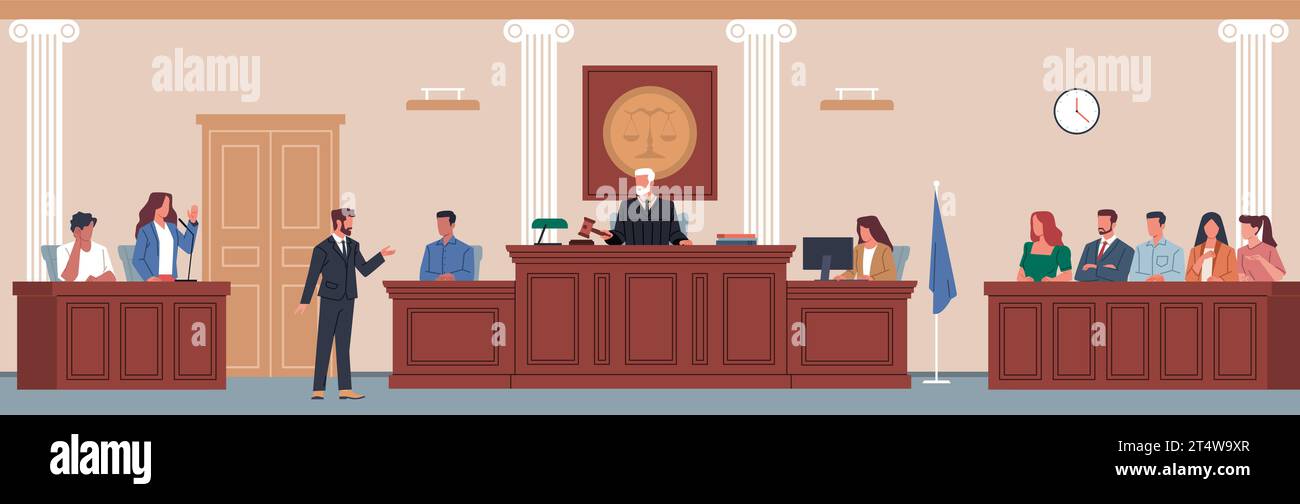How Trial Presentations Enhance Your Debate and Encourage Jurors
Test presentations serve as a crucial system for improving legal debates and persuading jurors. The calculated use of visuals not just clarifies complicated info but also catches jurors' focus extra effectively than words alone.

Importance of Visual Help
Visual aids play a crucial role in boosting the performance of trial discussions, as they can considerably increase audience interaction and retention of details. In the context of a test, where jurors are entrusted with handling complicated info, visual help offer to simplify and clarify vital points. Charts, charts, and images can share information and principles that might otherwise bewilder or puzzle jurors, allowing for a more simple understanding of the proof presented.
Additionally, visual aids aid in keeping juror interest throughout the procedures. By damaging the monotony of spoken testimony, these tools can punctuate critical disagreements, making them extra unforgettable. Reliable visual help can additionally stimulate psychological actions, which can be essential in persuading jurors to line up with the speaker's story.

Crafting Compelling Narratives
An engaging narrative is essential in trial presentations, as it acts as the foundation of effective persuasion. It enables attorneys to weave with each other realities, proof, and psychological aspects right into a coherent tale that resonates with jurors. This narrative structure makes it possible for jurors to recognize the intricacies of the instance while directing them through the lawyer's argument.
To craft an engaging narrative, lawyers must concentrate on clearness and comprehensibility. Furthermore, the usage of dazzling summaries can produce psychological photos that aid jurors picture the events, making the narrative extra remarkable.
In addition, incorporating essential themes throughout the discussion enhances the core message and aids in retention - trial presentations. The story must not only convey information yet likewise evoke a sense of justice, highlighting the stakes entailed. Ultimately, a well-constructed story cultivates a connection between the jurors and the case, positioning the attorney's disagreement as both trustworthy and compelling, thereby boosting the chance of a positive judgment

Engaging the Court Mentally
Efficient jury involvement hinges on the lawyer's capacity to connect with jurors on a psychological level. This link can dramatically impact jurors' perceptions and their utmost decision-making.
Visual help, such as pictures or video clips, can further improve emotional interaction, giving jurors with vivid representations of the case's human elements. Crafting a story that highlights the struggles and victories of the people included ensures that jurors see beyond the lawful arguments and acknowledge the human consequences of their decisions.
A lawyer's enthusiastic delivery can reverberate with jurors, enhancing their emotional financial investment in the case. It's essential to stabilize emotional appeals with accurate evidence, making look at these guys sure that jurors really feel forced to act while staying grounded in the fact.
Structuring Your Presentation

The body of the presentation should be rationally fractional into bottom lines, each supported by compelling evidence. It is helpful to use narration strategies to weave truths right into a narrative that jurors can easily adhere to. Aesthetic aids, such as graphes and video clips, can improve comprehension and involvement, assisting to highlight essential pieces of proof.
Real-World Situation Studies
Taking a look at real-world check my site case research studies provides very useful insights right into the art of trial presentations and persuasion. The protection group properly employed an approach that integrated prominent professional testimonies with multimedia presentations, which astounded jurors and inevitably affected their decision.
One more significant instance is the "McDonald's Coffee Situation," where the complainant's attorneys made use of graphic photos of the injuries suffered by Stella Liebeck. trial presentations. This raw aesthetic evidence played an important duty in sharing the severity of her burns, resulting in a considerable court award. Such situations show that impactful trial presentations usually depend upon the reliable integration of visuals and narration to stimulate emotional feedbacks from jurors
In addition, the "Casey Anthony Test" highlighted the value of narrative coherence and trustworthiness. The prosecution's failing to establish a compelling timeline reduced their persuasive power, highlighting the necessity of a well-structured presentation. Examining these cases reveals that successful test discussions require tactical planning, psychological interaction, and the capacity the original source to resonate with jurors' values and beliefs.
Final Thought
Trial presentations substantially improve debates and persuade jurors through the critical use of visual aids, compelling narratives, and emotional involvement. By simplifying complex information and promoting links with the target market, these aspects develop a memorable and impactful experience. A well-structured discussion balances psychological charms with accurate proof, inevitably resonating with jurors' values. The combination of these strategies not just influences decision-making but additionally emphasizes the relevance of reliable interaction in the court.